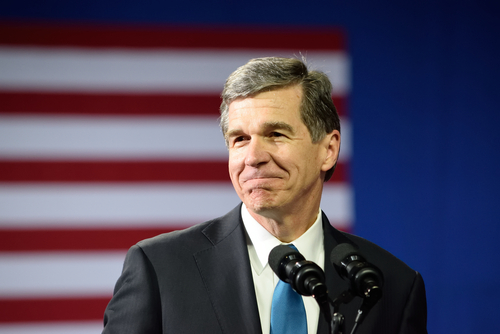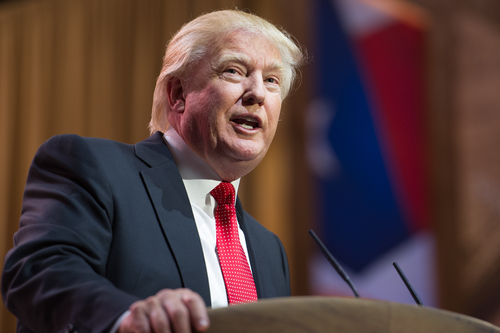Ethiopia is rebuilding its economy spectacularly with a landmark $1.7 billion investment to rise like a phoenix from the ashes of the Tigray War.
At a Glance
- Ethiopia secured $1.7 billion in investment agreements with China.
- Key investments include $500 million by Hua Ye Mining.
- Ethiopia’s economic reform involves restructuring its $8.4 billion debt.
- China accounts for nearly half of all Ethiopia’s foreign direct investments.
Investment Tidal Wave Hits Ethiopia
Ethiopia recently sealed $1.7 billion in deals primarily with Chinese firms, focusing on minerals such as gold, coal, and iron. Major contributors include Hua Ye Mining with a $500 million pledge and Hainan Drinda New Energy’s $360 million commitment. This financial surge aims to tap the underutilized mineral wealth, providing a shot in the arm to Ethiopia’s economy. This move aligns with Ethiopia’s post-Tigray strategy to stabilize and prosper by leveraging its rich natural resources.
Ethiopia experienced a torrid period from 2020 to 2022, marred by political instability and conflict. Now, the focus has shifted from survival to revival. With Prime Minister Abiy Ahmed at the helm, Ethiopia is opening its doors to foreign capital, primarily from China. The agreements are part of a broader campaign to refine its investment landscape, offering lessons to the rest of Africa on attracting sustainable, long-term investments.
Strategic Economic Reforms
Ethiopia’s recovery strategy includes critical economic reforms, such as restructuring its external debt of $8.4 billion and liberalizing its currency. Additionally, a $3.4 billion agreement with the IMF has been signed, reflecting global confidence in Ethiopia’s reform agenda. Investments in energy and manufacturing sectors illustrate the growing investor interest, hoping to turn Ethiopia into a regional energy and mineral powerhouse.
“According to the Ethiopian Investment Commission (EIC), China continues to dominate Ethiopia’s foreign direct investment landscape, accounting for nearly half of all investment projects.” – Ethiopian Investment Commission (EIC).
Public-private partnerships are at the heart of this revival, with the UAE’s AMEA Power investing $600 million in the Aysha wind power plant, exemplifying the collaborative approach Ethiopia is taking. The substantial investments by Chinese companies in solar-cell manufacturing and mineral exploration showcase the commitment to sustainable development and modernizing Ethiopia’s industrial capacity in line with global standards.
Global Relevance and Local Prosperity
The implications of this significant foreign investment cannot be understated. Ethiopia, once wracked with internal conflict, is navigating its way towards becoming a regional energy and mineral powerhouse. This transformation, powered by foreign influx, promises not just economic growth but also stability and prosperity for its citizens.
“According to a statement from Ethiopia’s Finance Ministry, the majority of the agreements were made with Chinese companies at a recent two-day investment conference in Addis Ababa.” – Ethiopia’s Finance Ministry.
The impressive flow of foreign direct investment from China and other nations reflects a surge in confidence and optimism in Ethiopia’s future. By setting such a pace, Ethiopia is painting a brighter, self-sufficient future where resource wealth is utilized not only to spur economic growth but also to consolidate peace and stability, paving the way for prosperity.






